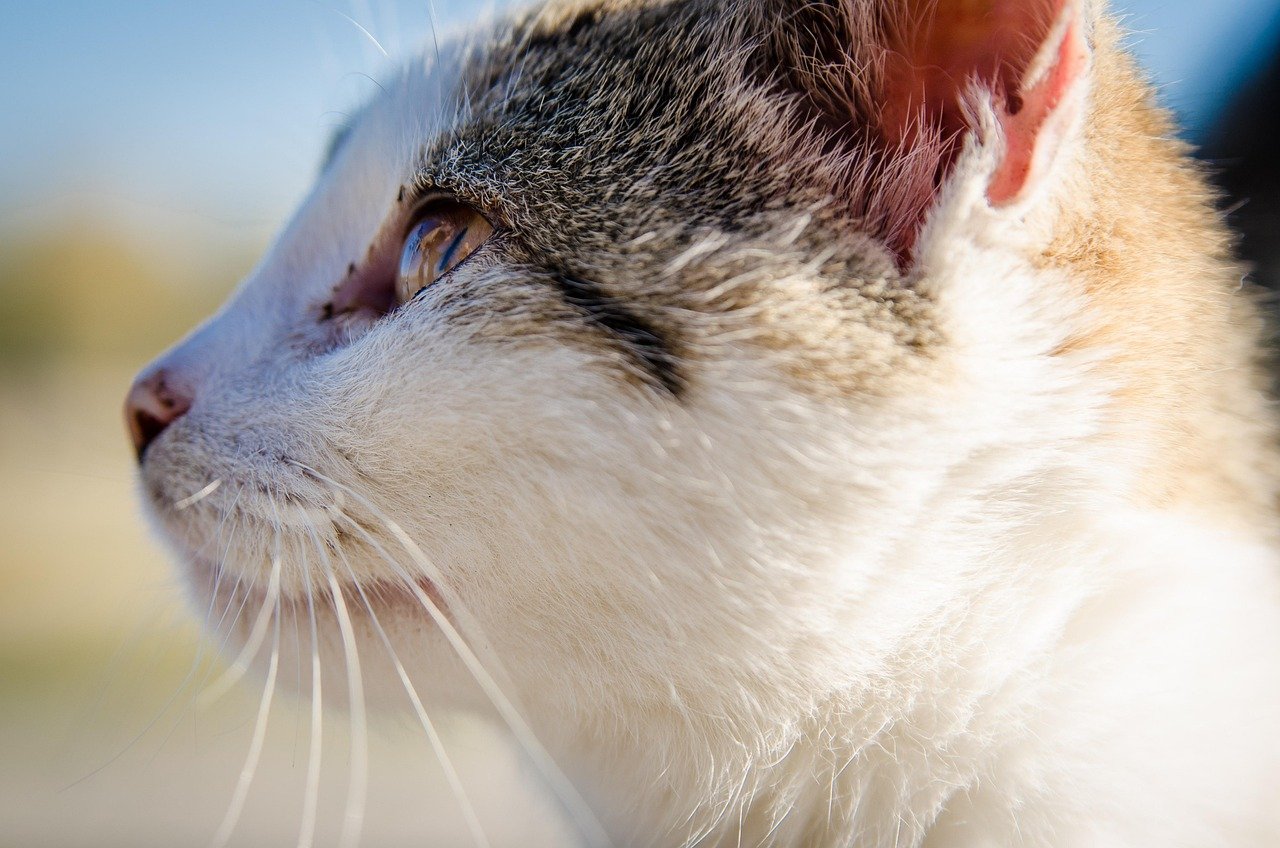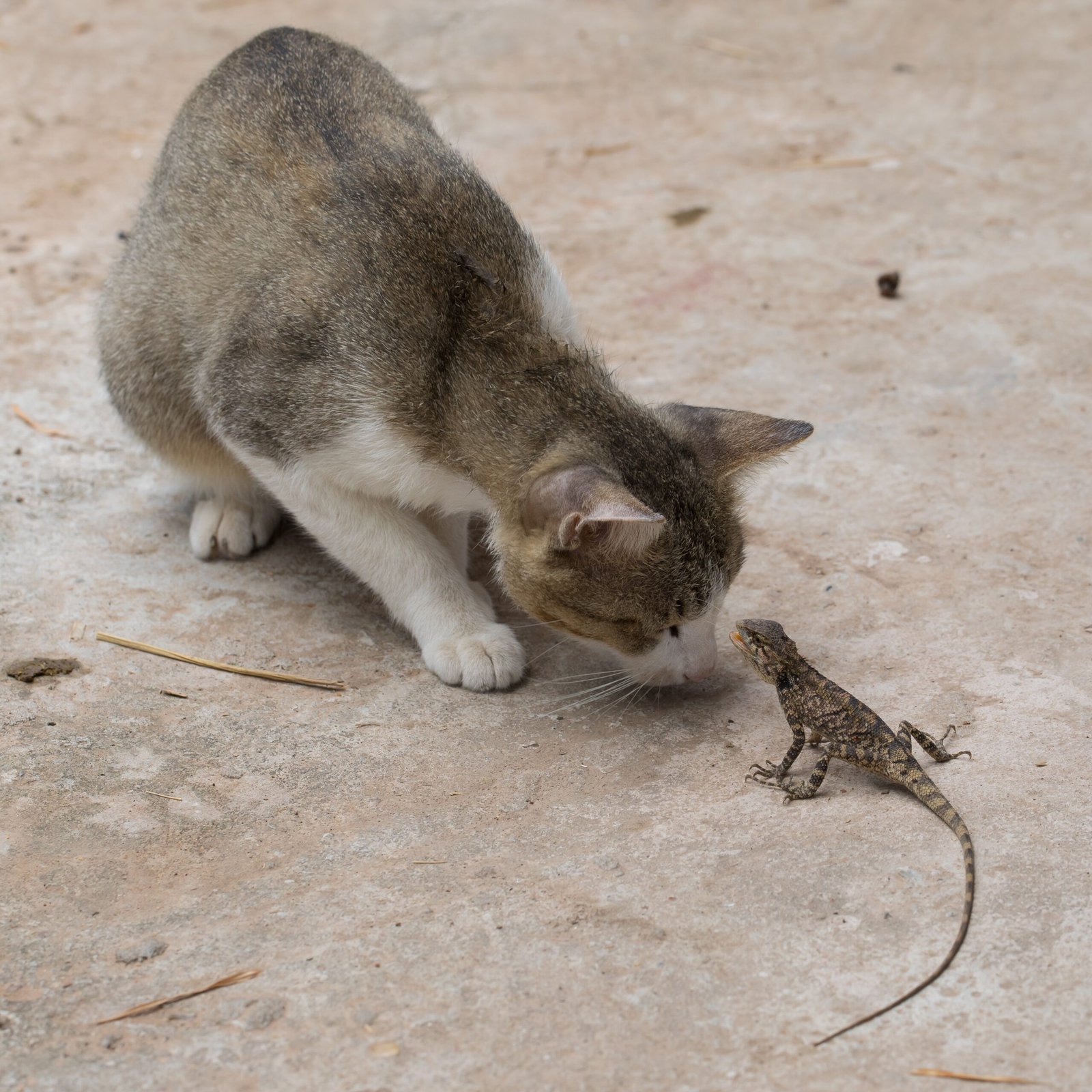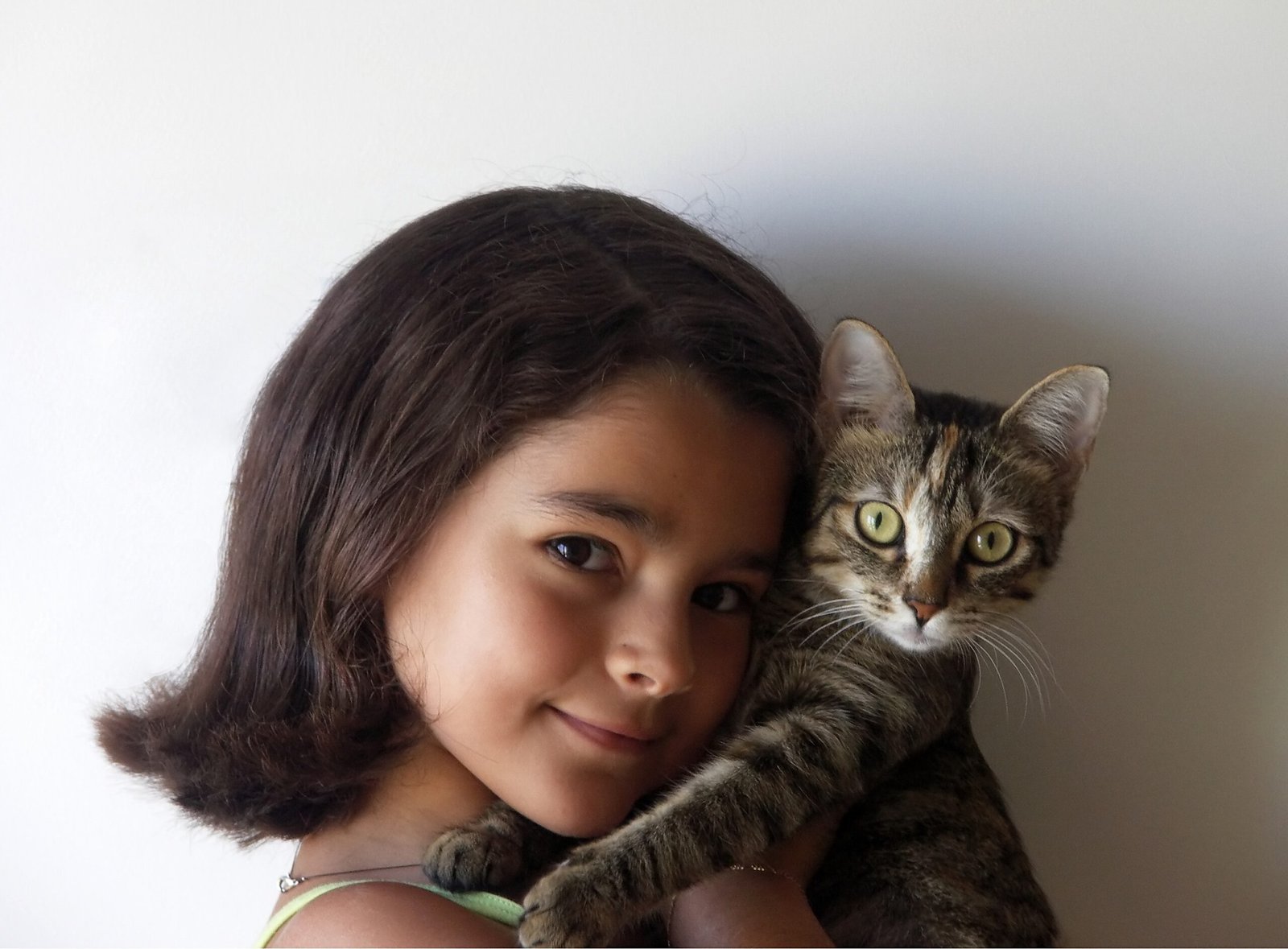Imagine the quiet heartbreak in a cat’s eyes after years of disappointment from humans—the confusion, the mistrust, and the loneliness. It’s a story more common than we’d like to admit. But here’s the good news: with patience, kindness, and understanding, you can become the hero in a cat’s life, rewriting their story for the better. Every cat deserves a second chance at trust and happiness, and helping a once-betrayed feline is one of the most rewarding journeys any cat lover can undertake. If you’ve ever wondered how to help a cat who’s been let down by people, you’re in the right place. Let’s explore, step by step, how you can nurture hope back into their world.
Recognizing the Signs of a Cat Who’s Been Let Down

A cat who’s lost faith in people can exhibit a variety of signs, often subtle but deeply telling. You might notice them hiding frequently, avoiding eye contact, or seeming jumpy at sudden movements. Some cats become completely silent, while others might hiss or growl if approached. It’s not uncommon for them to refuse food or treats, even when hungry, simply because their anxiety is overwhelming. Watch for a tail that’s always tucked, ears pinned back, or a posture that seems to shrink away from the world. Recognizing these signs is the first step to understanding the depth of their pain and the unique care they’ll need.
Creating a Safe and Predictable Space

A safe environment is foundational for any traumatized cat. Start by providing a quiet room where the cat can retreat without fear. Remove loud noises and limit unfamiliar visitors, as these can heighten anxiety. Offer cozy hiding spots—like covered beds or cardboard boxes—so the cat feels secure. Keep the space consistent; change can be frightening for a cat whose trust has been shattered. Place food, water, and a litter box nearby to minimize their need to venture out before they’re comfortable. The more predictable their surroundings, the sooner they’ll begin to feel safe.
Understanding the Importance of Patience

Patience is truly a superpower when it comes to helping a cat who’s been hurt by people. Every cat moves at their own pace, and rushing the process can set back any progress. It might take weeks, even months, for a scared cat to approach you or accept gentle touch. Remind yourself daily that their fear isn’t personal—it’s a response to past trauma. Celebrate small victories, like when they eat in your presence or stay in the same room with you. The journey may be slow, but every bit of progress is a testament to your patience and their bravery.
Letting the Cat Set the Pace

Forcing interactions almost always backfires with a traumatized cat. Instead, let the cat decide when they’re ready to engage. Sit quietly nearby, perhaps reading a book or listening to soft music, and let them observe you without pressure. Avoid direct eye contact, as this can feel threatening; instead, blink slowly to signal friendliness. If the cat chooses to come closer, reward them with gentle words rather than immediate touch. By giving them control over the pace, you’re showing respect for their boundaries and building the foundation of trust.
Using Food to Build Positive Associations

Food is a powerful tool in repairing a cat’s trust. Begin by offering tasty treats or wet food at a comfortable distance. Gradually move the food closer to you, always allowing the cat to decide how close they’ll get. Never withhold food as punishment—this only deepens fear. Over time, the cat may start to associate your presence with positive experiences. You might even try hand-feeding once they’re comfortable, but don’t rush it. The goal is for the cat to connect you with comfort and nourishment, not stress.
Speaking the Language of Cats

Understanding feline body language is crucial when working with a wary cat. Learn to recognize when your cat is relaxed, curious, or fearful. Slow blinks, a softly swishing tail, or gentle kneading are good signs. On the other hand, flattened ears, dilated pupils, or a puffed-up tail indicate discomfort or fear. Speak softly and move slowly, mirroring their energy. Consider using pheromone diffusers to create a calming environment. The more you tune into their signals, the more you’ll be able to respond in ways that make them feel safe.
Offering Comfort Without Overwhelming

It’s natural to want to shower a hurting cat with affection, but too much attention can be overwhelming. Instead, offer comfort in small doses. Place soft blankets or a favorite toy nearby, and let the cat choose whether to use them. Sit at their level rather than looming above, and use a calm, steady voice. If you sense they’re open to touch, start with gentle strokes on their cheeks or chin, where cats typically enjoy being petted. Always watch for signs that they’ve had enough, and respect their wishes by stepping back when needed.
Building Trust Through Routine

Cats thrive on routine, especially those who have been let down before. Establish a consistent schedule for feeding, playtime, and quiet moments. This predictability helps reduce anxiety, as the cat begins to anticipate what will happen next. Even small rituals, like saying the same phrase before meals, can be soothing. Stick to the routine as much as possible, and try to limit disruptions. Over time, a regular schedule can become a comforting anchor in a world that once felt frighteningly unpredictable.
Introducing Play to Encourage Confidence

Play is one of the best ways to encourage a traumatized cat to express themselves. Use toys like wand teasers or gentle laser pointers to engage their natural curiosity from a safe distance. Play sessions should be short and end on a positive note, never forcing the cat to interact if they’re not ready. The goal is to allow the cat to experience joy and control in their environment. As their confidence grows, you may notice them initiating play or exploring new areas. Play is more than just fun—it’s a sign that healing is taking root.
Respecting the Cat’s Need for Solitude

Sometimes, the best way to help is to simply give space. Cats who’ve been hurt may need long periods alone to process their new surroundings. Don’t take it personally if they hide for hours or even days. Leave the door open—literally and figuratively—so they know they can come to you when they’re ready. Solitude can be restorative, allowing the cat to observe and learn at their own pace. By respecting their need for alone time, you show that their comfort is your priority.
Gaining Trust Through Gentle Communication

Talking softly to your cat—even if they seem uninterested—helps them get used to your presence. Share gentle words or soothing sounds so your voice becomes synonymous with safety. Avoid sudden outbursts or loud noises, which can set back progress. Try reading aloud or singing quietly, as the rhythmic nature of your voice can be calming. If the cat meows or chirps in response, acknowledge them with a soft reply. Over time, this gentle communication lays the groundwork for deeper trust.
Introducing Touch with Sensitivity

Touch can be a sensitive subject for cats who’ve been let down by people. Start by extending a hand and allowing the cat to sniff or rub against you if they choose. Never force petting; instead, let them guide the level of contact. Begin with areas cats usually enjoy, like the cheeks or under the chin, and avoid the belly or tail until trust is firmly established. If the cat flinches or pulls away, retreat and try again later. Over time, gentle touch can become a source of comfort rather than fear.
Gradually Socializing with Other People

Once your cat is comfortable with you, slowly introduce them to other trusted individuals. Start with short visits in the cat’s safe space, and instruct visitors to be calm and quiet. Offer treats to create positive associations. Watch the cat’s body language closely—if they seem stressed, end the interaction and try again another day. The goal isn’t to force friendliness but to show the cat that not all people are a threat. Gradual socialization can help them feel more confident in a wider circle.
Addressing Health Needs with Compassion

Many cats who’ve been neglected may have untreated medical issues. Approach veterinary care with empathy, choosing cat-friendly clinics and telling the vet about the cat’s past. Use a familiar blanket or crate for transport to reduce stress. If possible, stay with them during the appointment for reassurance. Follow up with gentle care at home, administering any medications with patience. Addressing health concerns is not just about physical well-being; it’s a crucial part of helping the cat feel safe and cared for.
Establishing Boundaries to Build Confidence

Boundaries aren’t just for people—cats need them, too. Create clear rules for your cat’s environment, such as which rooms are accessible or where they can climb. Use baby gates or closed doors if necessary, but avoid locking them up for long periods. Boundaries help cats understand their world and reduce uncertainty. When boundaries are consistent and fair, they become a source of security, not restriction. Over time, the cat will learn what to expect and feel more in control.
Recognizing Triggers and Minimizing Stress

Every traumatized cat has unique triggers, whether it’s a certain sound, object, or even a scent. Pay attention to when your cat becomes anxious and try to identify the cause. Once you understand their triggers, do your best to minimize them. If thunderstorms or fireworks are a problem, offer extra hiding spots and play calming music. If certain household items set them off, remove or cover them. By recognizing and addressing these stressors, you help create a more peaceful environment for healing.
Encouraging Exploration and New Experiences

As your cat grows more confident, gently encourage exploration beyond their safe space. Leave doors open to new rooms or place treats along a path to entice them. Introduce new toys or scratching posts to spark curiosity. Always allow the cat to retreat if they become overwhelmed; never force them to explore. Celebrate each small step, like sniffing a new object or peeking into an unfamiliar room. Gradual exploration helps your cat reclaim a sense of adventure and joy.
Monitoring Progress Without Pressure

Healing from betrayal is not a straight path, and progress may be slow or inconsistent. Keep notes on your cat’s milestones, like the first time they played, purred, or slept out in the open. If setbacks occur, don’t panic—this is a normal part of recovery. Focus on what’s going well and adjust your approach if needed. Share your observations with your vet or a feline behaviorist if you’re unsure. By monitoring progress without pressure, you allow your cat to heal at their own pace.
Seeking Professional Help When Needed

Sometimes, despite your best efforts, a cat’s trauma may be too deep to handle alone. Don’t hesitate to call in a feline behaviorist or vet with experience in trauma cases. These professionals can offer tailored strategies and support. Medication may be recommended in extreme cases to reduce anxiety and make healing possible. Seeking help isn’t a sign of failure but a demonstration of your commitment to the cat’s well-being. The right guidance can make all the difference in their recovery.
Celebrating Every Victory, Big or Small

Every step forward deserves recognition, no matter how minor it may seem. Did your cat eat in your presence for the first time? That’s a victory. Did they blink at you, or nap with their belly exposed? Celebrate it. Share these moments with friends or keep a journal to remind yourself of how far you’ve both come. Celebrating progress boosts your spirits and reinforces positive behavior in your cat. Over time, these small victories add up to a transformation that’s nothing short of inspiring.
Preparing for Setbacks and Staying Hopeful

Setbacks are inevitable on the journey to healing. Your cat might regress after a loud noise or a change in routine, and that’s okay. The important thing is to remain patient and hopeful, offering reassurance and returning to established routines. Remind yourself that healing is a marathon, not a sprint. Each new day brings another chance for progress. With your unwavering support, even the most heartbroken cat can learn to trust again—proving that love, patience, and hope can mend even the deepest wounds.
Hi, I’m Bola, a passionate writer and creative strategist with a knack for crafting compelling content that educates, inspires, and connects. Over the years, I’ve honed my skills across various writing fields, including content creation, copywriting, online course development, and video scriptwriting.
When I’m not at my desk, you’ll find me exploring new ideas, reading books, or brainstorming creative ways to solve challenges. I believe that words have the power to transform, and I’m here to help you leverage that power for success.
Thanks for stopping by, Keep coming to this website to checkout new articles form me. You’d always love it!






